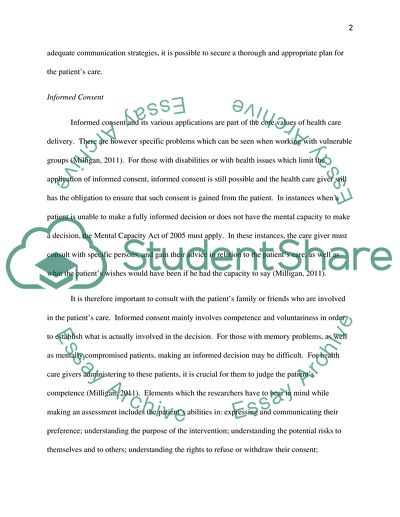Cite this document
(“You are called to a small terraced house where a man in his 80s has Essay”, n.d.)
Retrieved from https://studentshare.org/miscellaneous/1580981-you-are-called-to-a-small-terraced-house-where-a-man-in-his-80s-has-fallen-he-is-unsure-about-what-happened-but-his-carer-indicates-that-he-has-a-long-and-complex-medical-history
Retrieved from https://studentshare.org/miscellaneous/1580981-you-are-called-to-a-small-terraced-house-where-a-man-in-his-80s-has-fallen-he-is-unsure-about-what-happened-but-his-carer-indicates-that-he-has-a-long-and-complex-medical-history
(You Are Called to a Small Terraced House Where a Man in His 80s Has Essay)
https://studentshare.org/miscellaneous/1580981-you-are-called-to-a-small-terraced-house-where-a-man-in-his-80s-has-fallen-he-is-unsure-about-what-happened-but-his-carer-indicates-that-he-has-a-long-and-complex-medical-history.
https://studentshare.org/miscellaneous/1580981-you-are-called-to-a-small-terraced-house-where-a-man-in-his-80s-has-fallen-he-is-unsure-about-what-happened-but-his-carer-indicates-that-he-has-a-long-and-complex-medical-history.
“You Are Called to a Small Terraced House Where a Man in His 80s Has Essay”, n.d. https://studentshare.org/miscellaneous/1580981-you-are-called-to-a-small-terraced-house-where-a-man-in-his-80s-has-fallen-he-is-unsure-about-what-happened-but-his-carer-indicates-that-he-has-a-long-and-complex-medical-history.


